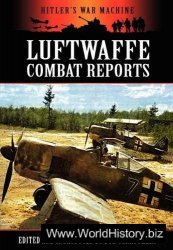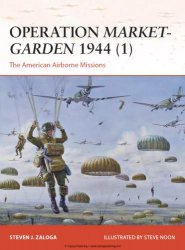CWA is organized in late fall 1927 as a subsidiary of Colonial Air Transport to develop a service from Albany to the west. An application is made to the U. S. Post Office, which grants the carrier the 452-mile Contract Air Mail Route No. 20 (CAM-20). Equipped with 3 Fairchild FC-2s, 2 of which are transferred over from its parent, the new entrant inaugurates scheduled passenger, mail, and express flights from Albany to Cleveland via Buffalo and Erie on December 17.
On January 8, 1928, an FC-2 crashes at Rural Grove, New York, in dense fog (three dead). Pitcairn PA-5 Super Mailwings are added in the spring.
On June 1, the Mohawk Valley extension, CAM 20, is initiated, linking Buffalo with Albany via Rochester, Syracuse, Utica, and Schenectady. The Ford Tri-Motor 4-AT-41 is delivered on September 28 and a total of 850 passengers are transported by year’s end.
On March 17, 1929, the Tri-Motor is on the last of several sight-seeing tours over Newark for the day with 14 aboard and with Louis Foote as pilot. The plane’s left and center engines quit just after takeoff, causing the aircraft to crash into a railroad gravel car and break in half (14 dead). The northeastern newspapers label the tragedy “the worst accident in the history of heavier-than-air aeronautics in this country.” Relatives of the survivors bring suit against the airline in a trial that begins on March 25.
While attempting to take off from a wet field at Syracuse on April 10, an FC-2 ends up in a creek at the end of the runway. Despite expert testimony from such aeronautical notables as Clarence Chamberlain and Bernt Balchen, the jury in the Tri-Motor crash trial finds against the airline and surviving pilot Foote on April 11, awarding the 6 plaintiffs a total of $89,000. Two other surviving relatives will receive $71,000 at year’s end from another trial.
Also in April, along with Canadian Colonial Airways and Colonial Air Transport, CWA becomes an operating subsidiary of the holding company Colonial Airways Corporation. Through an exchange of stock, CAC is taken over by The Aviation Corporation (AVCO) in May.
COLOR AIR, A. S.: Norway (1998-1999). In January 1998, Air Foyle Charter Airlines, Ltd., the charter and replacement services division of the U. K. heavylift airline Air Foyle, Ltd., signs a contract with Color Air, A. S., a Norwegian deep-discount start-up airline owned by the Scadilion Group. Scadilion also controls Color Line, A. S., the Oslo-based ferry boat operator and Norway’s largest shipping company that had once owned Norway Airlines, A. S.
Scadilion’s chairman and owner, Olav Nils Sunde, appoints former Norway Airlines, A. S. executive Morton Anderson as Color Air’s president and through him will manage the launch of the new operator. Startup capital of $40 million is provided.
A workforce is recruited and 2 Boeing 737-3Q8s, previously operated by TACA International Airlines, S. A., are chartered from ILFC. Shortly before flights commence, the new entrant scores an airline record by becoming the first carrier to take its initial reservation via its Internet website. It also sells tickets through the country’s largest grocery chains.
Repainted at the Air Foyle workshops at Castle Donnington in the U. K., one of the little Boeings, the Trondheim, is employed by Chief Pilot Capt. Tord Tangvik to inaugurate revenue flights on August 7 from Oslo to Aalesund.
When the second plane becomes available, the two jetliners initially link the company’s base with Aalesund and Trondheim. The new entrant will compete with SAS (Scandinavian Airlines System) and Braa-thens, A. S. Flights to Bergen commence on August 15.
Winning a bet placed three years earlier, Capt. Tangvik is able to depart with his Flight 361 from the new Gardermoen Airport at Oslo on October 8 ahead of the planned premier departure by SAS Flight 303, which is also headed for Bergen.
Flights to Stavanger commence in November. Direct return service is inaugurated on December 1 between Oslo and London (STN). By the end of the year, the company operates 3 Boeing 737-3Q8s and employs 122 workers, including 15 captains and 11 first officers.
Although service continues in 1999, the airline is not profitable. The carrier is declared bankrupt on September 26; all further flights are cancelled and the fleet is deleted.




 World History
World History









